Vinod Publication Commentary on The Scheduled Castes and The Scheduled Tribes ( Prevention of Atrocoties ) Act 1989 by M L Singhal Edition 2023
Vinod Publication Commentary on The Scheduled Castes and The Scheduled Tribes ( Prevention of Atrocoties ) Act 1989 by M L Singhal Edition 2023
Description
Vinod Publication Commentary on The Scheduled Castes and The Scheduled Tribes ( Prevention of Atrocoties ) Act 1989 by M L Singhal Edition 2023
Vinod Publication Commentary on The Scheduled Castes and The Scheduled Tribes ( Prevention of Atrocoties ) Act 1989 by M L Singhal Edition 2023
The Scheduled Castes[2] (SCs) and Scheduled Indian Tribes (SITs) are officially designated groups of people and among the most disadvantaged socio-economic groups in India.[3] The terms are recognized in the Constitution of India and the groups are designated in one or other of the categories.[4]: 3 For much of the period of British rule in the Indian subcontinent, they were known as the Depressed Classes.[4]: 2
In modern literature, the Scheduled Castes are sometimes referred to as Dalit, meaning “broken” or “dispersed”,[5][6] the term having been popularised by B. R. Ambedkar (1891–1956), a Dalit himself, an economist, reformer, chairman of the Constituent Assembly of India, and Dalit leader during the independence struggle.[5] Ambedkar preferred the term Dalit to Gandhi‘s term, Harijan, meaning “person of Hari/Vishnu” (or Man of God).[5] In September 2018, the government “issued an advisory to all private satellite channels asking them to ‘refrain’ from using the nomenclature ‘Dalit'”, though “rights groups and intellectuals have come out against any shift from ‘Dalit’ in popular usage”.[7]
The Scheduled Castes and Scheduled Tribes comprise about 16.6% and 8.6%, respectively, of India’s population (according to the 2011 census).[8][9] The Constitution (Scheduled Castes) Order, 1950 lists 1,108 castes across 28 states in its First Schedule,[10] and the Constitution (Scheduled Tribes) Order, 1950 lists 744 tribes across 22 states in its First Schedule.[11]
Since the independence of India, the Scheduled Castes and Scheduled Tribes were given Reservation status, guaranteeing political representation, preference in promotion, quota in universities, free and stipended education, scholarships, banking services, various government schemes and the Constitution lays down the general principles of positive discrimination for SCs and STs.[12][13]: 35, 137
Additional information
| Weight | 2 kg |
|---|---|
| Authors | |
| Publisher | |
| ISBN | |
| Edition | |
| Binding |

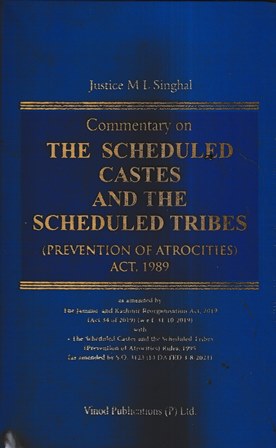
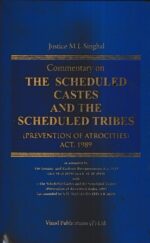
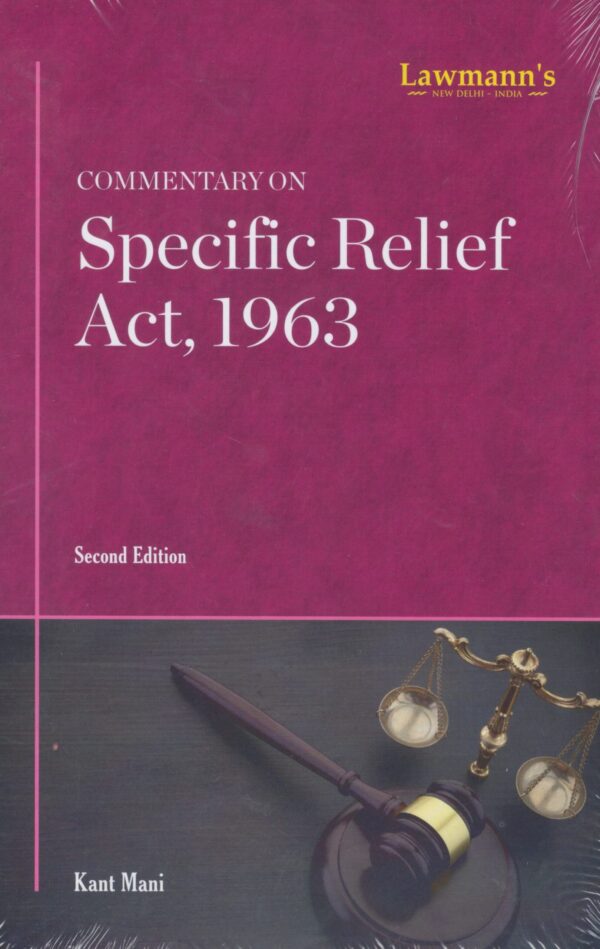
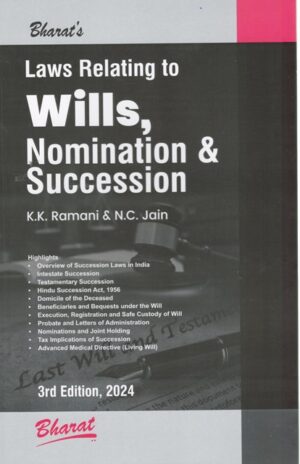
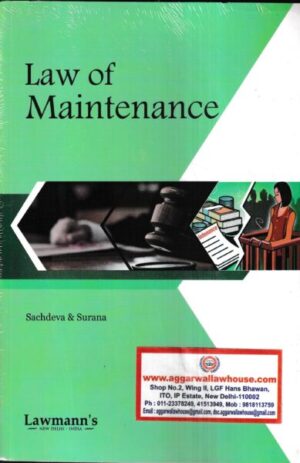
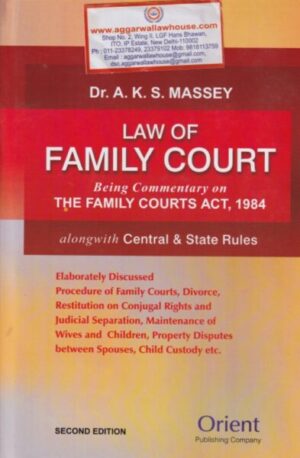
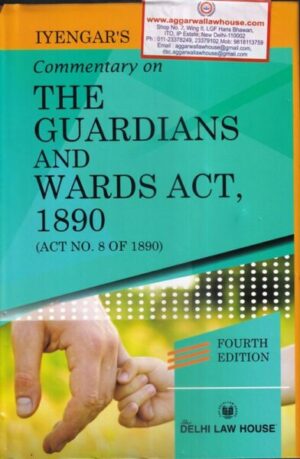

Rating & Review
There are no reviews yet.